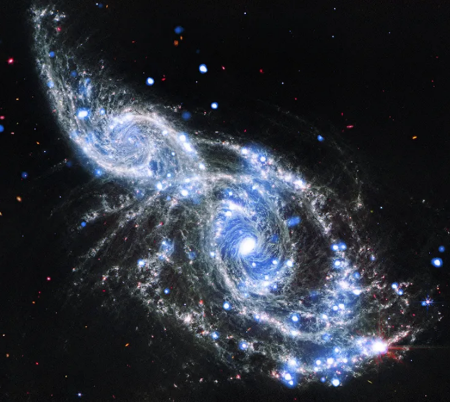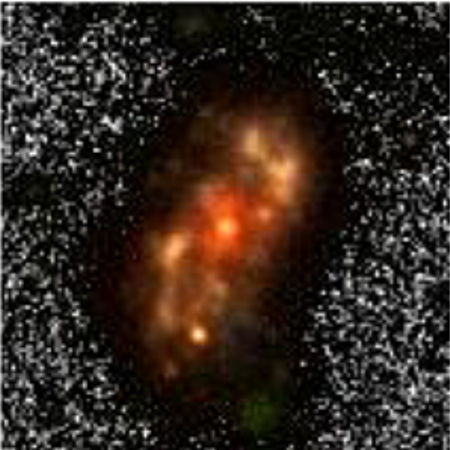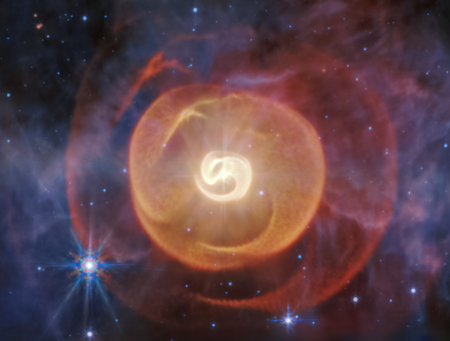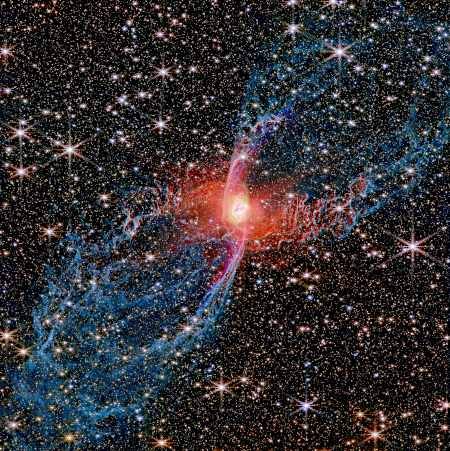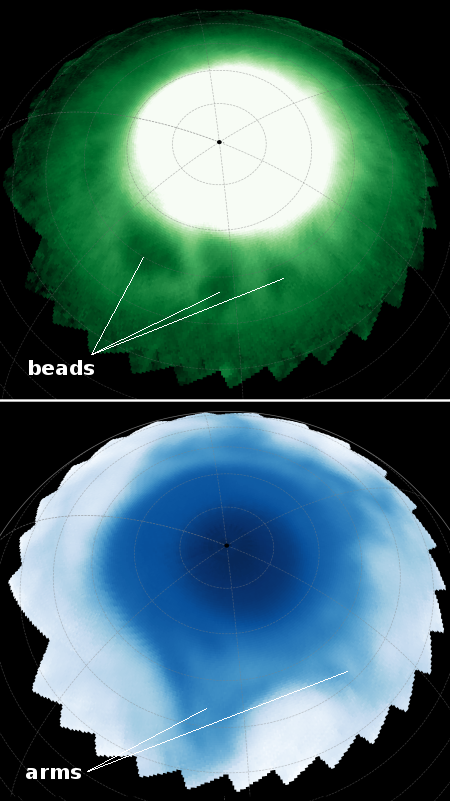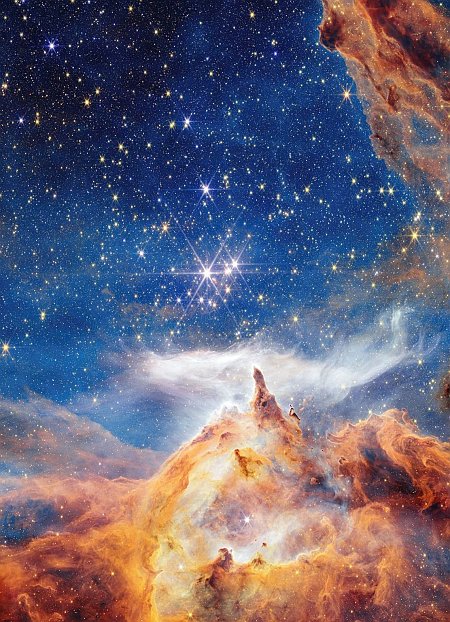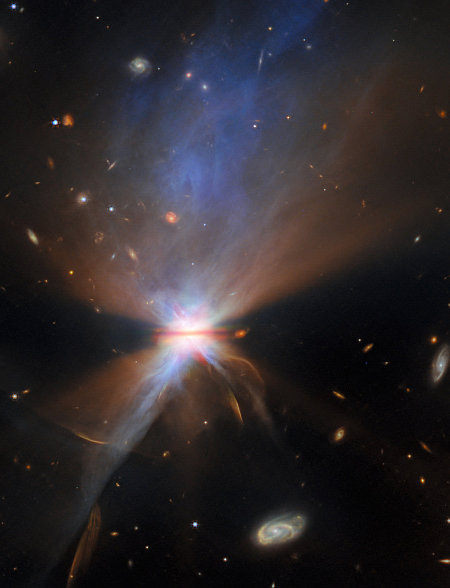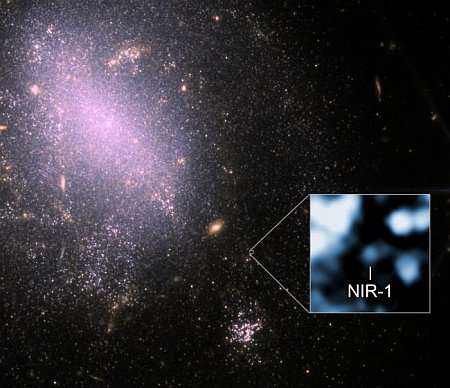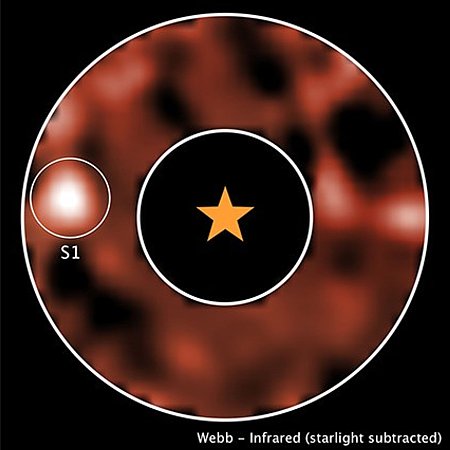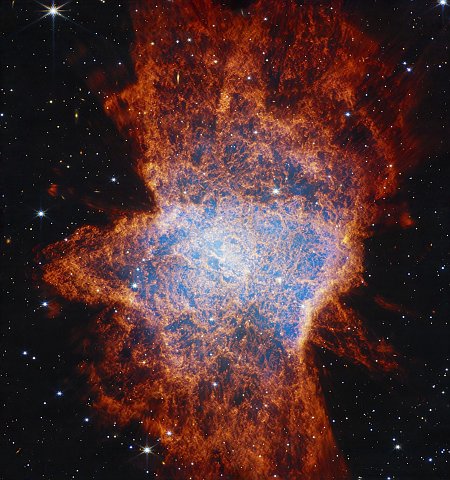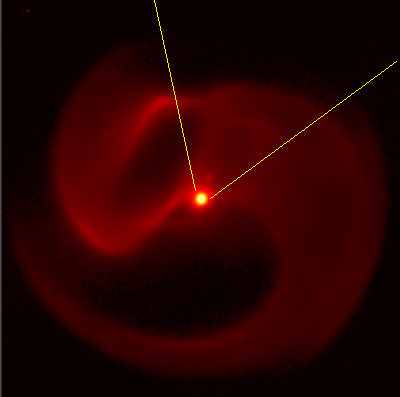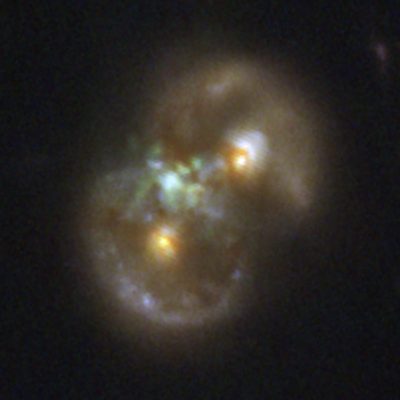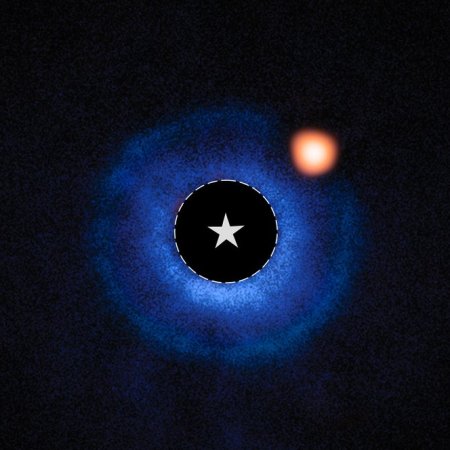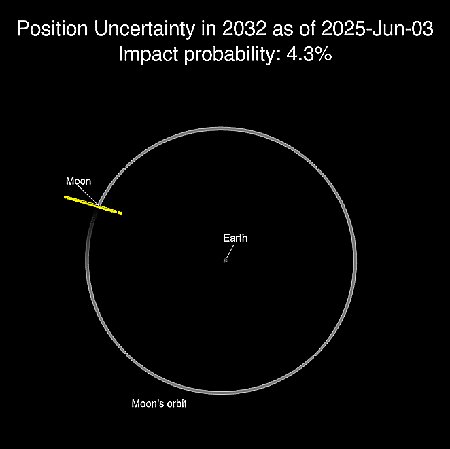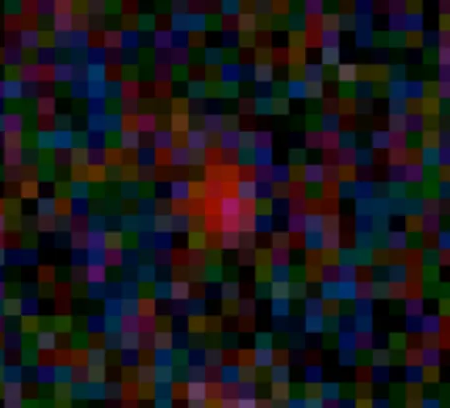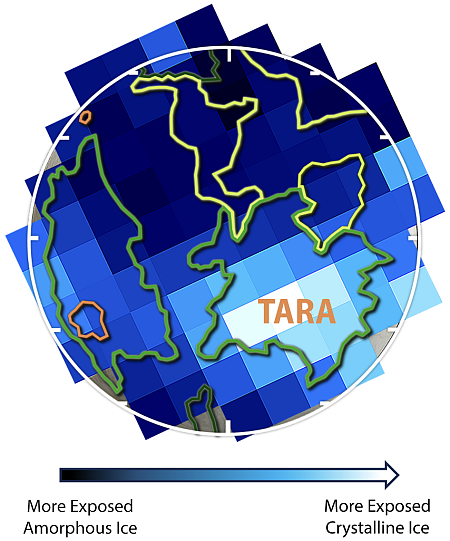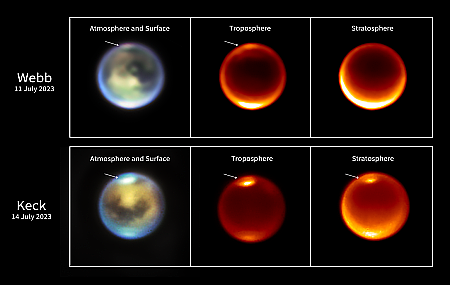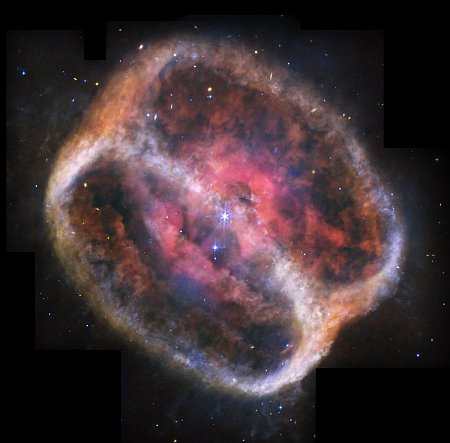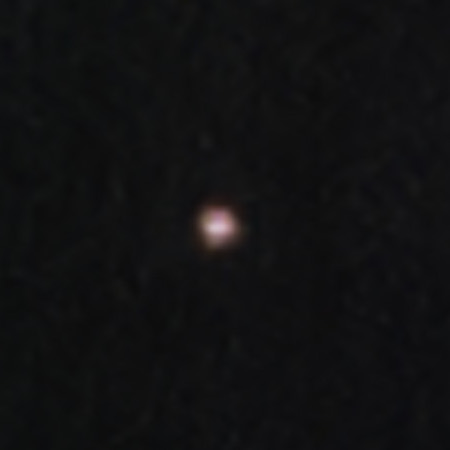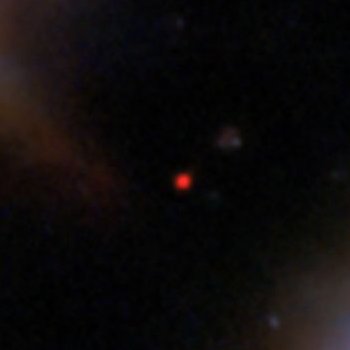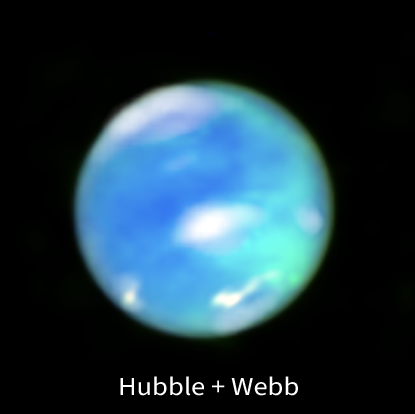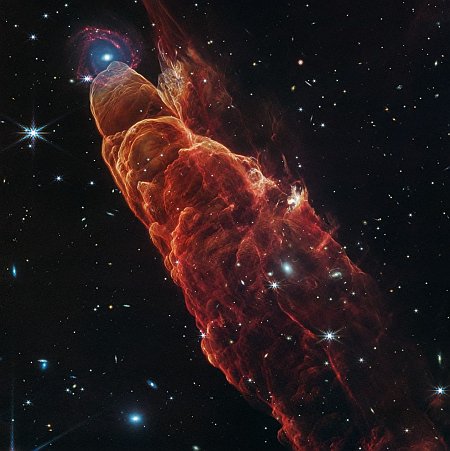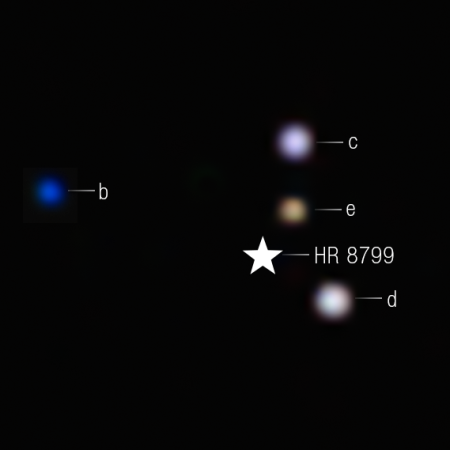Scientists: We think the little red dots in the early universe are supermassive stars
The uncertainty of science: Using the Webb Space Telescope, scientists now believe that the mysterious little red dots that Webb had previously detected in the early universe are actually supermassive stars, the predicted first stars to form after the Big Bang that also might produce the universe’s first black holes.
In 2022 the first deep images from Webb, a telescope designed to see longer wavelengths of light, revealed little red dots in the distant universe. The new results gave scientists more context into what these mysterious, compact, and very old objects could be. Past theories explaining little red dots required complicated explanations involving black holes, accretion disks and dust clouds, but the new model shows that a single massive star can also naturally produce all of the key signatures in little red dots: extreme brightness, a distinctive V-shaped spectrum, and the rare combination of one bright hydrogen emission.
Now, for the first time, astronomers have created a detailed physical model of a rare, metal-free, rapidly growing supermassive star about a million times the mass of the Sun, and showed that its unique features are a perfect match for little red dots.
Models outlining the early stages of the universe had predicted that the first stars formed after the Big Bang would be much more massive than the stars seen today. This hypothesis fits that model.
At the same time, no one should take any theory to the bank. The data remains very slim, so that all conclusions remain based on a very weak foundation.
The uncertainty of science: Using the Webb Space Telescope, scientists now believe that the mysterious little red dots that Webb had previously detected in the early universe are actually supermassive stars, the predicted first stars to form after the Big Bang that also might produce the universe’s first black holes.
In 2022 the first deep images from Webb, a telescope designed to see longer wavelengths of light, revealed little red dots in the distant universe. The new results gave scientists more context into what these mysterious, compact, and very old objects could be. Past theories explaining little red dots required complicated explanations involving black holes, accretion disks and dust clouds, but the new model shows that a single massive star can also naturally produce all of the key signatures in little red dots: extreme brightness, a distinctive V-shaped spectrum, and the rare combination of one bright hydrogen emission.
Now, for the first time, astronomers have created a detailed physical model of a rare, metal-free, rapidly growing supermassive star about a million times the mass of the Sun, and showed that its unique features are a perfect match for little red dots.
Models outlining the early stages of the universe had predicted that the first stars formed after the Big Bang would be much more massive than the stars seen today. This hypothesis fits that model.
At the same time, no one should take any theory to the bank. The data remains very slim, so that all conclusions remain based on a very weak foundation.

